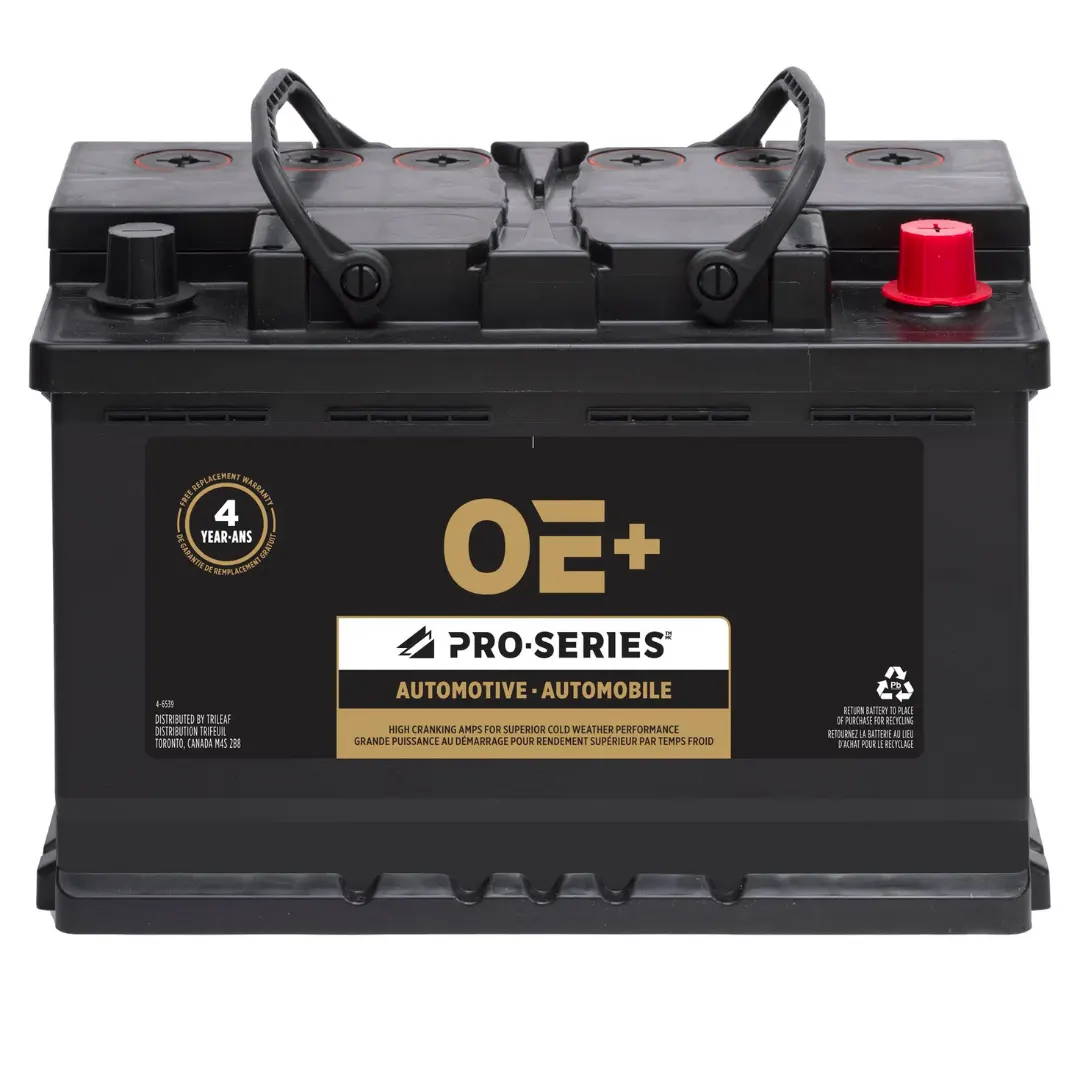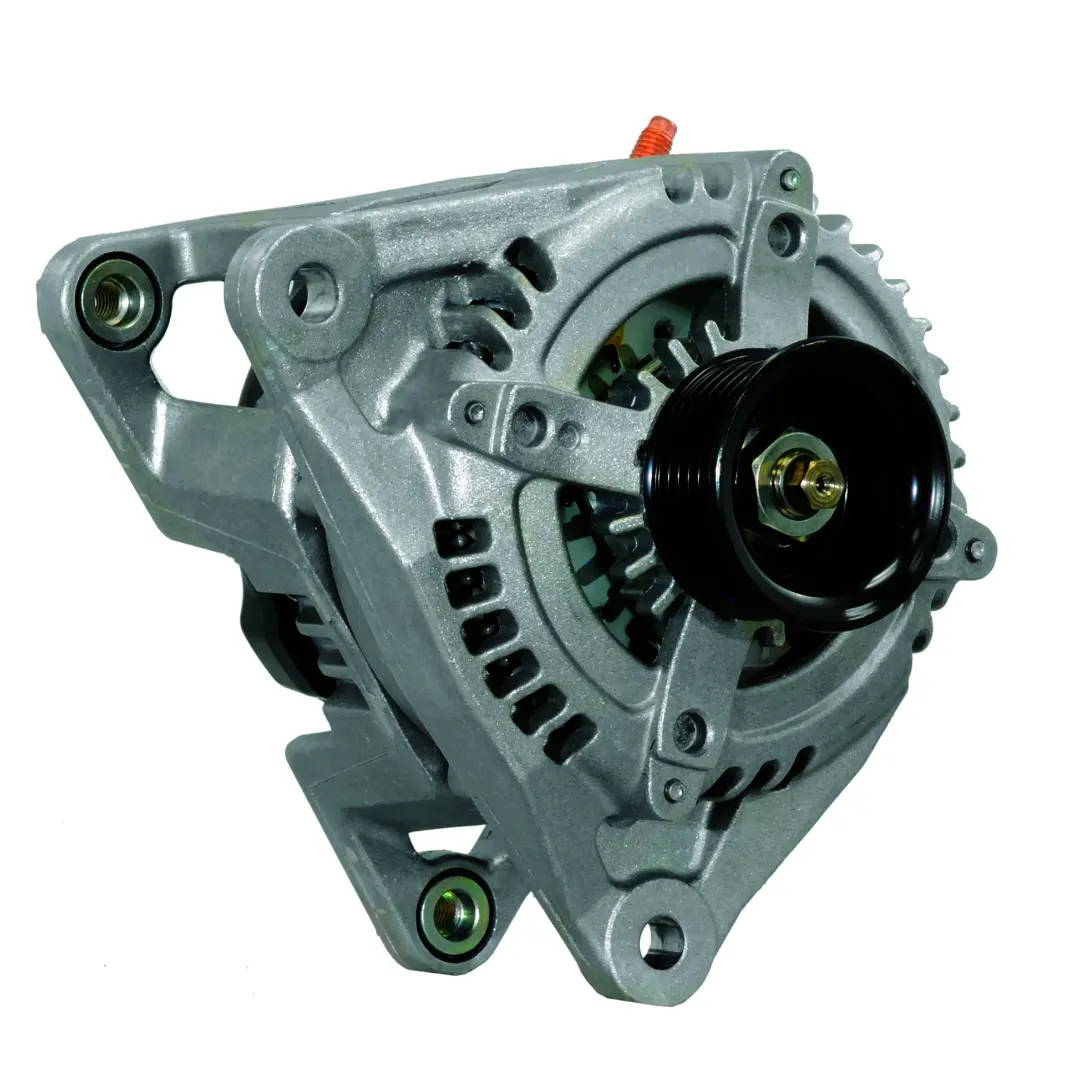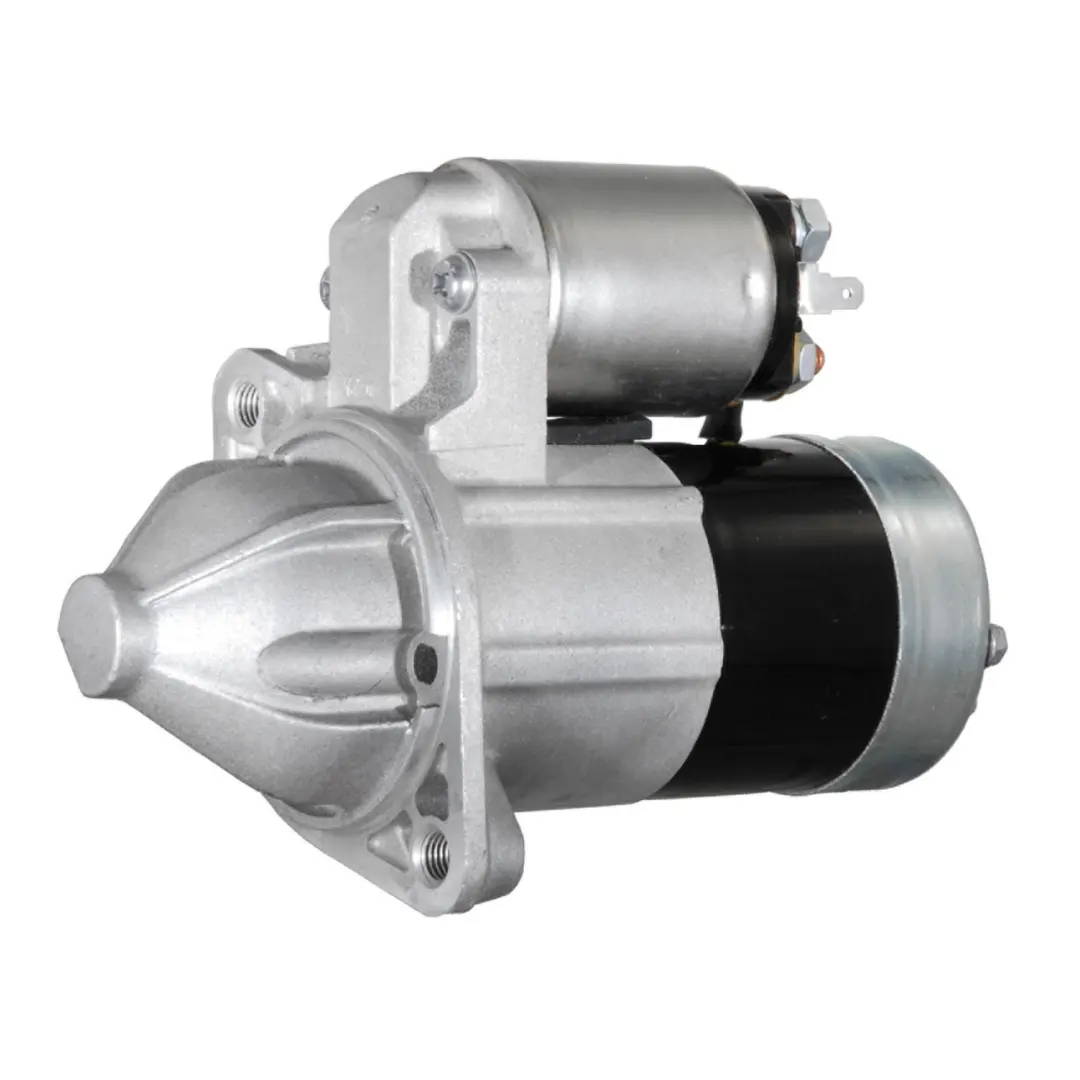
How the Alternator and Charging System Keep Your Vehicle Powered
If you're new to cars and want to understand how the electrical system works, this guide is for you. In simple terms, we will explain the alternator and charging system, which are crucial for keeping your vehicle powered.
What is the Alternator?
The alternator generates electricity while the engine runs. It converts mechanical energy from the engine into electrical energy. The alternator consists of a rotor, stator, rectifier, and voltage regulator.
Components of the Charging System:
• Battery: Stores electrical energy and provides power to start the vehicle.
• Serpentine Belt: Connects the alternator to the engine and transfers mechanical energy.
• Wiring and Connectors: Transmit electrical power between components.
How Does the Charging System Work?
When you start your vehicle, power from the battery ignites the engine. Once running, the alternator takes over and supplies power to all electrical systems while recharging the battery.
A properly functioning charging system ensures a reliable power supply, extends battery life, and maintains optimal performance of electrical systems in your car.
Understanding car electrical systems doesn't have to be complicated. By grasping the basics of how the alternator works, recognizing key components like batteries and serpentine belts, and understanding their role in the charging system, you'll have a better understanding of how your car stays powered
 Loading . . .
Loading . . .




